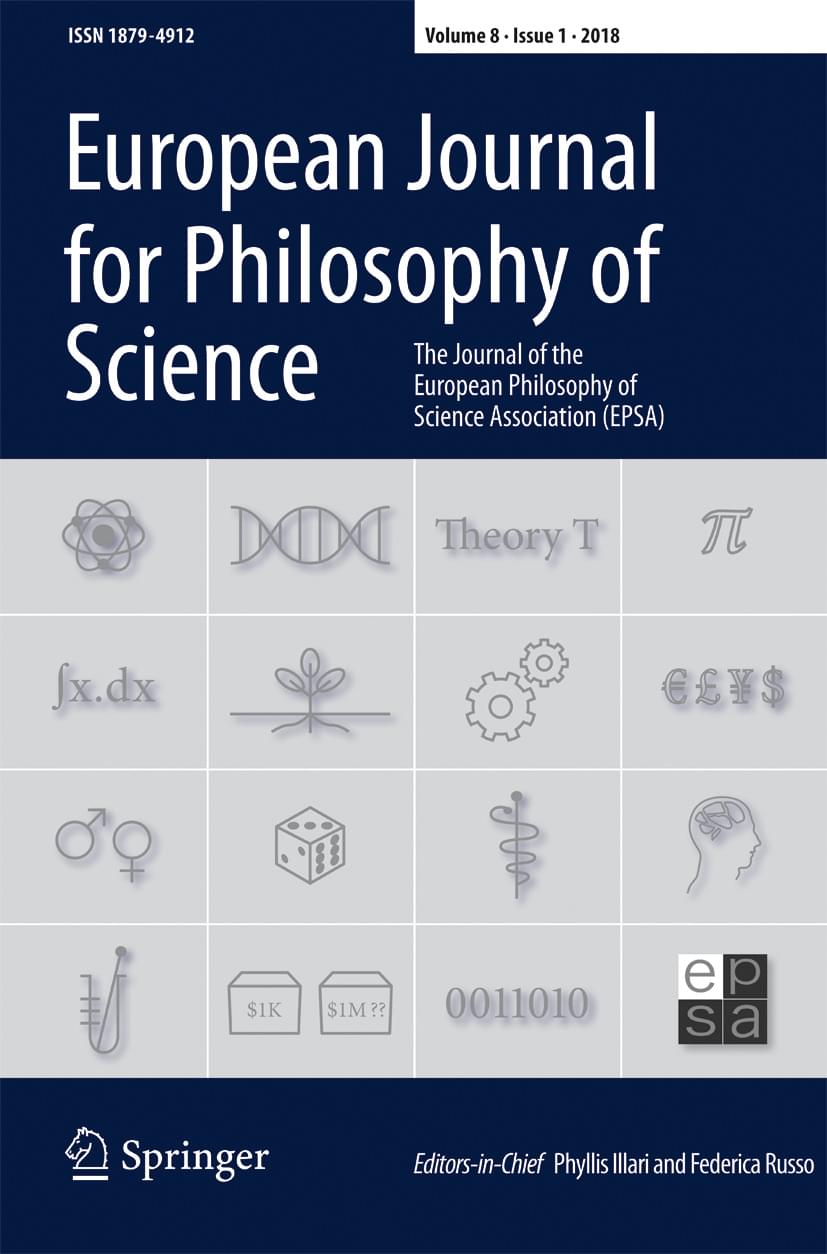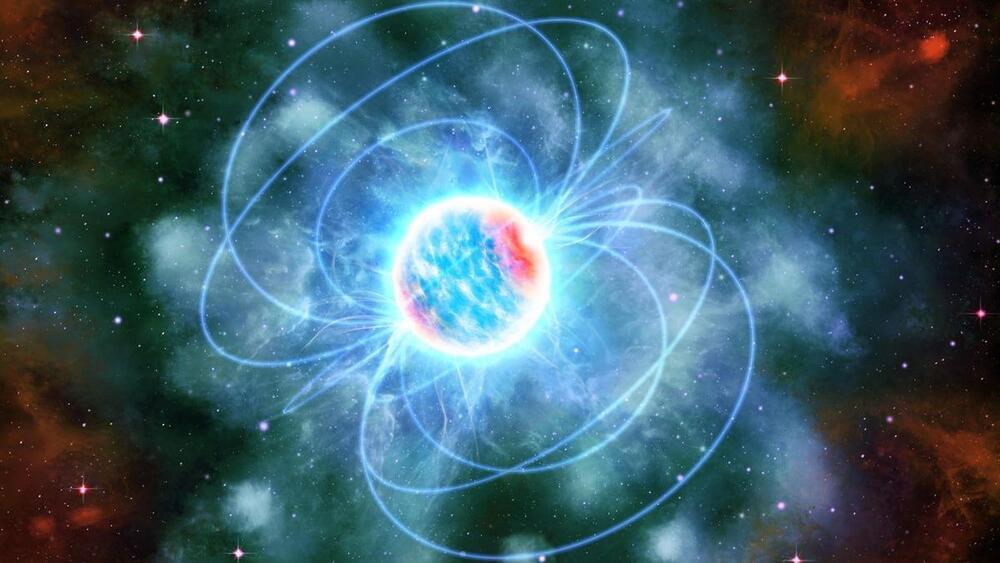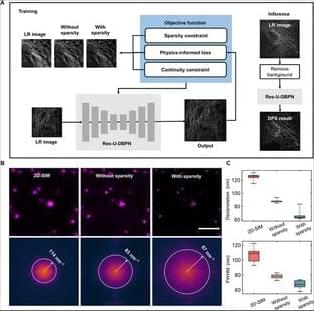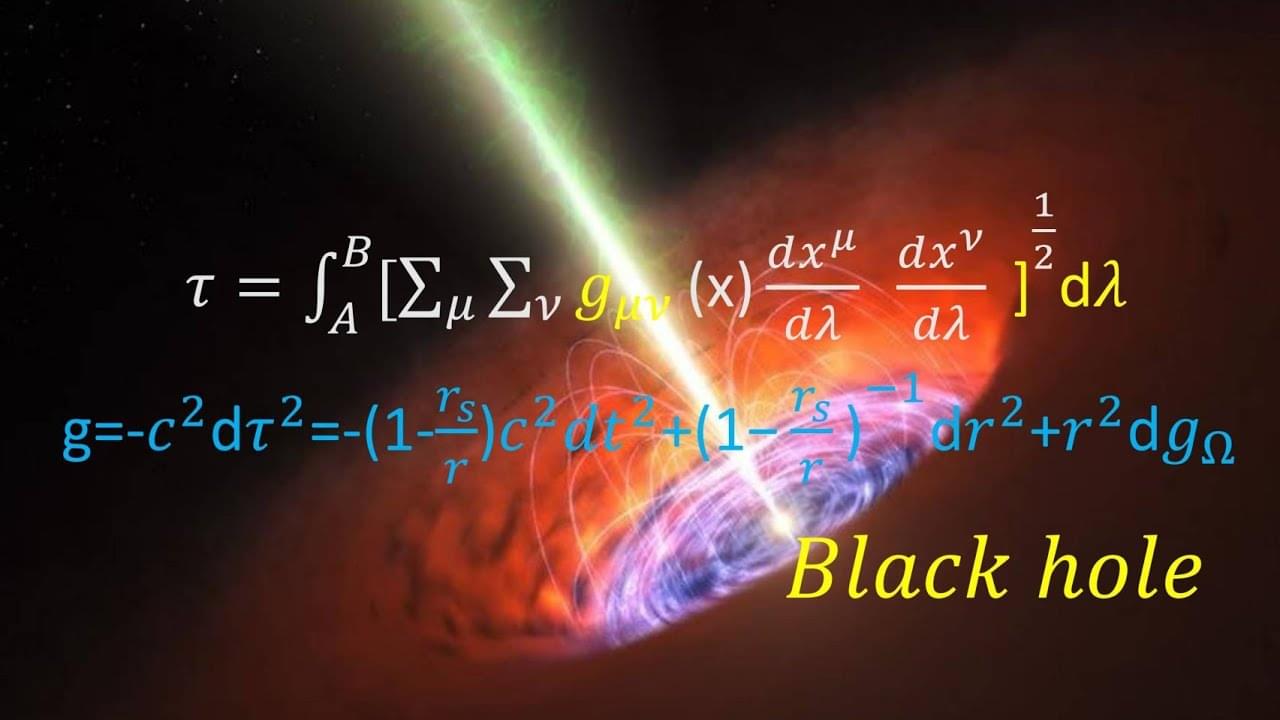Jun 26, 2024
On quantum computing for artificial superintelligence
Posted by Dan Breeden in categories: information science, quantum physics, robotics/AI
Artificial intelligence algorithms, fueled by continuous technological development and increased computing power, have proven effective across a variety of tasks. Concurrently, quantum computers have shown promise in solving problems beyond the reach of classical computers. These advancements have contributed to a misconception that quantum computers enable hypercomputation, sparking speculation about quantum supremacy leading to an intelligence explosion and the creation of superintelligent agents. We challenge this notion, arguing that current evidence does not support the idea that quantum technologies enable hypercomputation. Fundamental limitations on information storage within finite spaces and the accessibility of information from quantum states constrain quantum computers from surpassing the Turing computing barrier.

















